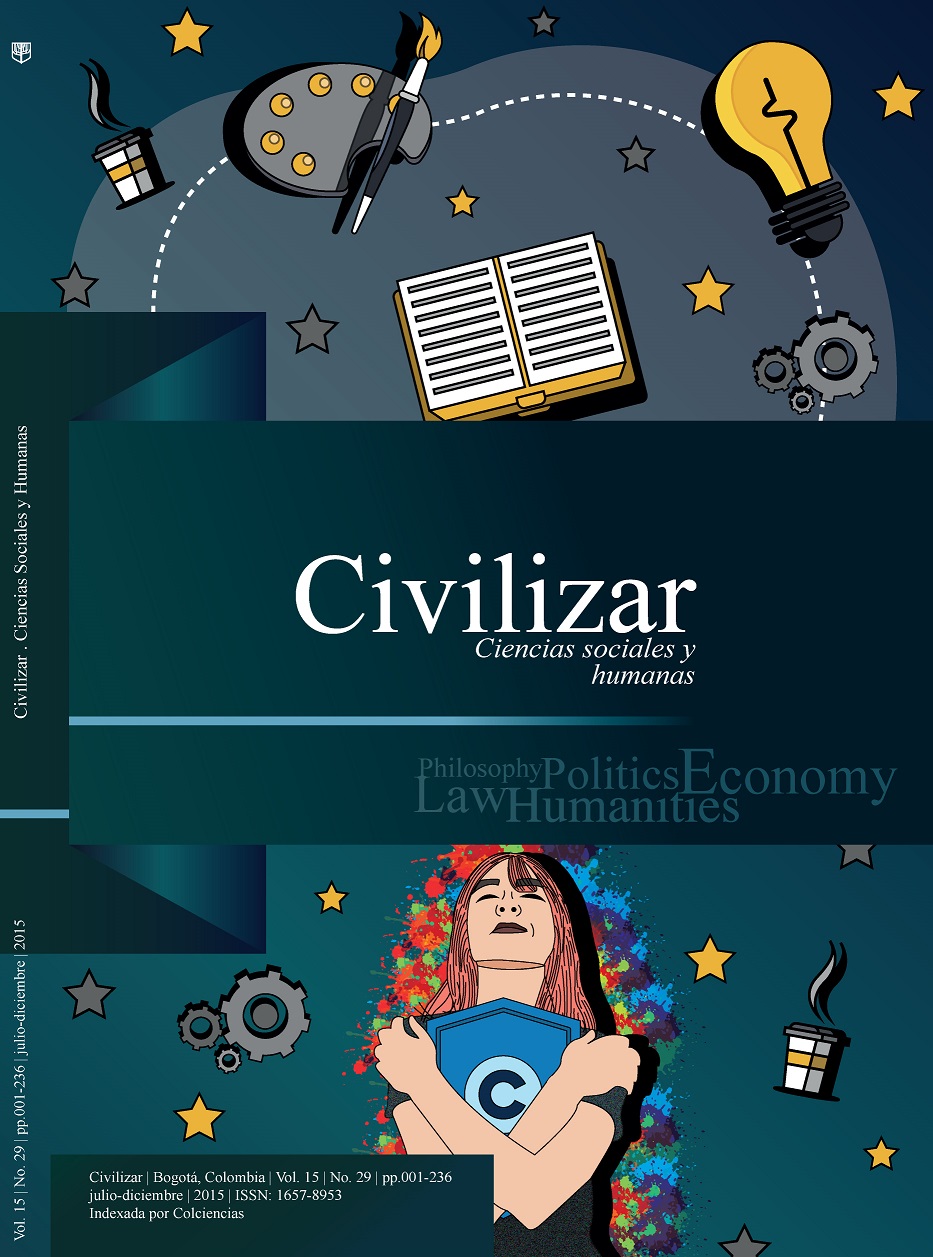Abstract
This document will study how the grounds for trademark unregistrability of article 137, Decision 486, is being applied in Colombia over time. It is relevant to delve into the subject because the cited rule enables the national office to deny a trademark registration if it has prima facie evidence to infer that the application seeks to commit unfair competition acts.
Therefore, an extensive analysis of Article 137 under the developments made through prejudicial interpretations by the Court of Justice of the Andean Community is made, and a chronological investigation on the changes in the application of the rule since the issuance of the Sole Circular of the Superintendence of Industry and Commerce, the amendments that modify the scope on the application of this rule, and some pronouncements issued by the Colombian authority which demonstrate different ways of interpretation.
Additionally, it is addressed the examiner's responsibility as regards the preventive nature of his registrability analysis. Finally, it is concluded that the examiner must conduct a broad study on the application for registration that goes beyond a simple study of unregistrability, analyzing other market elements of unfair competition. Otherwise, he would be omitting the scope of his functions and the correct application of the rule.
References
Consejo de Estado, Sala de lo Contencioso Administrativo, Sección Tercera. Auto del 10 de junio de 2009. Radicación: 73001-23-31-000-05229-01. M. P. Enrique Gil Botero.
Decisión 486: Régimen Común sobre Propiedad Industrial (Comisión de la Comunidad Andina). https://www.wipo.int/edocs/lexdocs/laws/es/can/can012es.pdf
Real Academia Española. (2022). Diccionario de la lengua española. https://dle.rae.es/
Superintendencia de Industria y Comercio. (19 de julio de 2001). Circular Externa 10 (Circular Única). https://www.suin-juriscol.gov.co/viewDocument.asp?id=4003156
Superintendencia de Industria y Comercio. (2008). Circular Externa 4 de 2008. https://www.suin-juriscol.gov.co/viewDocument.asp?id=4002751#ver_4002756
Superintendencia de Industria y Comercio. (2020). Resolución 25593.
Superintendencia de Industria y Comercio, Delegatura para la Propiedad Industrial. (16 de julio de 2018). Resolución 49579 de 2018.
Superintendencia de Industria y Comercio, Dirección de Signos Distintivos. (27 de junio de 2014). Resolución 41116 de 2014.
Superintendencia de Industria y Comercio, Dirección de Signos Distintivos. (27 de enero de 2017). Resolución 2180 de 2017.
Superintendencia de Industria y Comercio, Dirección de Signos Distintivos (23 de junio de 2021). Resolución 38579 de 2021.
Superintendencia de Industria y Comercio, División de Signos Distintivos. (30 de mayo de 2007). Resolución 15550 de 2007.
Superintendencia de Industria y Comercio, División de Signos Distintivos. (27 de junio de 2014). Resolución 55454 de 2010.
Tribunal de Justicia de la Comunidad Andina. (2010). Interpretación prejudicial, proceso 126-IP-2009.
Tribunal de Justicia de la Comunidad Andina. (2012). Interpretación prejudicial, proceso 142-IP-2011.
Tribunal de Justicia de la Comunidad Andina. (2015). Interpretación prejudicial, proceso 309-IP-2015.Tribunal de Justicia de la Comunidad Andina. (2015). Interpretación prejudicial, proceso 100-IP-2015.
Tribunal de Justicia de la Comunidad Andina, Interpretación Prejudicial. (2016). Proceso 279-IP-2015.
Tribunal de Justicia de la Comunidad Andina. (2019). Interpretación prejudicial, proceso 508-IP-2018.

This work is licensed under a Creative Commons Attribution-NonCommercial-NoDerivatives 4.0 International License.
Copyright (c) 2022 Journal Civilizar: Social and Human Sciences


